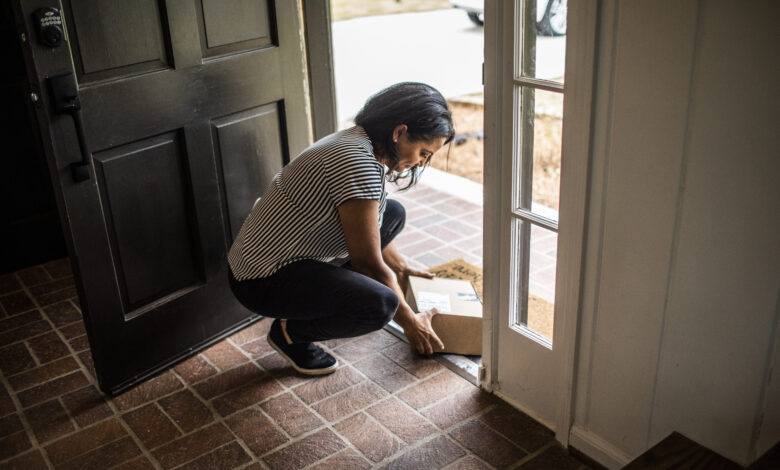
What Is A Brushing Scam?
[ad_1]

Save more, spend smarter, and make your money go further
If you receive items or packages that you never ordered, you may be the victim of a brushing scam. Brushing scams are illegal in the United States and many other countries. While you may enjoy the surprise of receiving items that you weren’t expecting, brushing scams may be a symptom of identity theft. If you receive packages you aren’t expecting, there are a few steps that you might want to consider taking.
Contents
What Is A Brushing Scam?
A brushing scam is a term that refers to receiving parcels or packages that you did not order. There are a variety of reasons that bad actors set up brushing scams. One reason can be to artificially inflate product reviews on online marketplaces like Amazon or eBay. The seller ships their product to you (at their cost). Then, once you are a verified purchaser of the product, they use your account information to post a favorable review.
Favorable reviews from verified purchasers can make a positive impact on future sales, so the seller may find that it’s financially profitable to engage in brushing. This is especially true if the item in question doesn’t cost that much and is light and inexpensive to ship. Brushing is fraudulent and illegal in the United States and many other countries.
Why Is A Brushing Scam Bad?
If you receive items you didn’t purchase as part of a brushing scam, you may wonder what the big deal is. After all, you got extra items and didn’t have to pay for them. You might enjoy getting these items or find them useful. As with many other types of fraud and scams, the facts of the matter are a bit more complicated.
Brushing scams can often be an indicator of identity theft or the compromise of your account credentials. In some instances, scammers may use your account information and address to order and receive merchandise. Then, they plan to steal the packages from your home (and leave you on the hook).
What Should I Do If I’ve Been Hit By A Brushing Scam?
If you have received unsolicited items and suspect you might have been the target of a brushing scam, here are a few things that the United States Postal Inspection Service suggests you can do:
- Do not pay for the merchandise — sellers may contact you and use high-pressure tactics to try and get you to pay for it.
- Return the items to sender — if the package is unopened, you can mark it as “Return to Sender” and the Postal Service will return it to the sender at no charge.
- Change your account passwords — Look through your online accounts and make sure that you have secure passwords that you change regularly.
- Contact the merchant — If the item shipped from an online retailer such as Amazon or eBay, contact the merchant to report the package and have any review removed as fraudulent.
- Monitor your credit report — take advantage of a free credit report to make sure there are no unexpected or inaccurate entries.
Can I Keep the Items?
The Federal Trade Commission has stated that you are not required to pay for unsolicited items and you may keep them if you want. Keep in mind however, that you don’t know where these items came from or what quality they might have, so it’s possible that they may be more dangerous than you expect. If you feel that any items you received may be dangerous or overly suspicious, you can always contact your local law enforcement or the United States Postal Inspection Department.
The Bottom Line
A brushing scam is a type of fraudulent activity where scammers might send you unsolicited items or packages. In some cases, this is to then use your online account information to write a fake review as a “verified purchaser”. While this may seem like somewhat of a victimless crime, it can be a sign that your identity or online accounts may have been compromised. It can be a good idea to monitor your credit report or change your online account security information.
If you feel you have been the victim of a brushing scam, you do have the option to keep the items if you want, as you are under no legal obligation to pay for them. Or, if the package has not been opened, you can mark it “Return to Sender” and the Post Office will return it at no charge to you. If any item you receive seems overly suspicious or dangerous, report it to the Postal Inspection Department and/or your local law enforcement.

Save more, spend smarter, and make your money go further
[ad_2]









